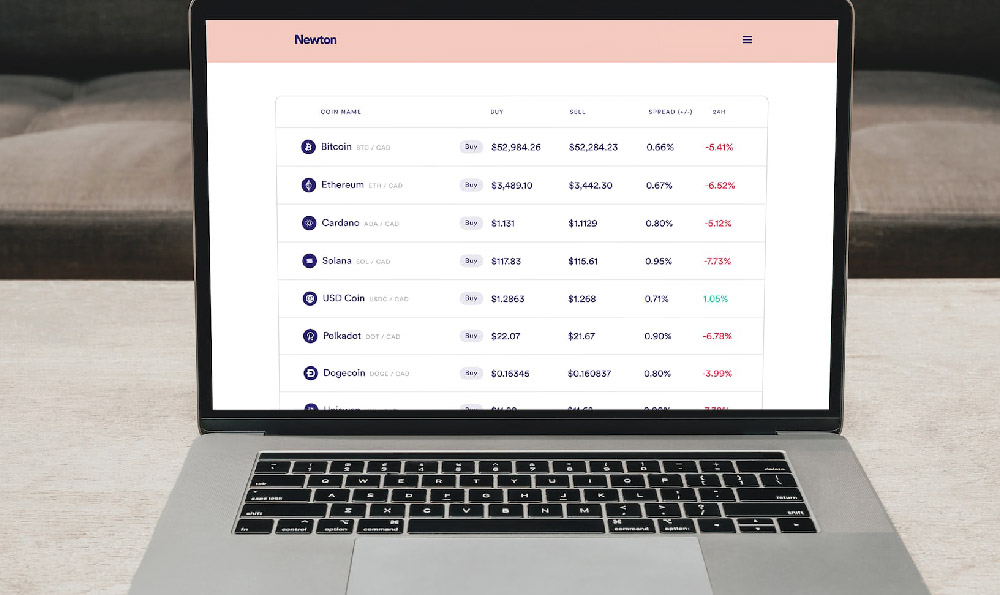Options trading, as a sophisticated financial instrument, offers traders a unique opportunity to profit from market movements through strategic use of contracts that derive their value from underlying assets. At its core, options allow investors to buy or sell an asset at a predetermined price within a specific timeframe, granting them the flexibility to hedge against market risk or speculate on price changes. However, the allure of potential gains often masks the complexity of the market, requiring a deep understanding of both the mechanics and the psychology of trading to navigate effectively. Unlike traditional stock purchases, where the investor owns the asset outright, options trading involves a derivative contract that can amplify both rewards and losses, making it a tool best suited for those with a well-defined strategy and risk tolerance.
The foundation of successful options trading lies in recognizing the fundamental role of volatility, time decay, and strike prices in determining profitability. Volatility, the measure of an asset's price fluctuation, directly impacts the premium of an option. A higher volatility typically results in a more expensive option, as the market anticipates greater price swings. Time decay, or theta, refers to the gradual loss of value as the expiration date approaches. This dynamic means that options with longer time to expiration may offer more opportunities for profit but also require careful management of risk. Strike prices, the predetermined price at which the option can be exercised, further complicate the decision-making process, as they dictate the potential downside and upside of the trade. Understanding these elements is essential for crafting a strategy that aligns with the investor's goals, whether it's capital preservation, income generation, or aggressive growth.
One of the most common strategies in options trading is the long call, where an investor purchases a call option to benefit from a rise in the underlying asset's price. This approach is particularly effective when an investor believes in the long-term growth of a stock, as it allows them to gain exposure without requiring a large upfront investment. Conversely, the long put strategy involves buying a put option to profit from a decline in the asset's price, providing a hedge against market downturns. These basic strategies can be further refined with more advanced techniques, such as the straddle, which involves buying both a call and a put option at the same strike price and expiration date, allowing traders to capitalize on significant price movements in either direction. The strangle, a similar but slightly different strategy, uses options with different strike prices to reduce the cost of the position while still offering the potential for profit if the market moves significantly.

However, the path to profitability in options trading is not without its challenges. The use of leverage, a hallmark of options, can lead to substantial losses if not managed carefully. For instance, a trader who shorts an option, selling it without owning it, may face unlimited liability if the underlying asset's price moves against their position. This makes risk management a critical component of any options strategy, requiring diligent monitoring of position size, stop-loss orders, and overall market conditions. Moreover, the concept of theta, or time decay, means that the value of an option diminishes as the expiration date approaches, emphasizing the importance of timing in the trade. A poorly timed entry or exit can erode profits, even in a favorable market environment.
Another crucial consideration is the role of market analysis in options trading. Whether using fundamental analysis to assess a company's financial health or technical analysis to evaluate price patterns, traders must have a clear understanding of the underlying asset's behavior. This knowledge helps in identifying potential price trends, support and resistance levels, and key indicators such as implied volatility, which reflects market participants' expectations of future price fluctuation. By combining these analyses with strategic use of options, investors can make informed decisions that maximize their chances of success. For example, an investor might use a put option to protect against a potential market downturn when they anticipate economic data that could negatively impact stock prices, or utilize a call option to gain exposure to a sector expected to outperform due to positive industry trends.
In addition to market analysis, the psychological aspects of options trading cannot be overlooked. Emotional discipline is paramount, as the market's unpredictability can lead to impulsive decisions. Traders must resist the temptation to hold onto losing positions or chase gains, instead adhering to a predetermined strategy and risk management plan. The concept of "risk-reward" ratio also plays a vital role, guiding traders to assess the potential loss versus the potential gain before entering a position. A well-structured risk-reward ratio ensures that the potential profit outweighs the possible loss, fostering a sustainable approach to trading.
Ultimately, options trading can be a powerful tool for wealth creation, but it demands a deep understanding of financial markets, strategic planning, and emotional control. By mastering the fundamental concepts, employing sound risk management practices, and integrating thorough market analysis into their trading approach, investors can harness the potential of options to achieve their financial goals. However, it is essential to approach this strategy with caution, recognizing that the market is inherently risky and that success often comes to those who are willing to invest the time and effort to understand its complexities. Through patience, discipline, and continuous learning, the path to profitability in options trading becomes not only achievable but also sustainable.












